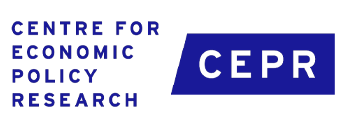Organisations are interested in devising incentive schemes to ensure their workers are productive. While there exists a great deal of research on incentive schemes that rely on pecuniary incentives there has been little research on how to bolster non-pecuniary ones.
This project aims to test whether providing workers with feedback on their performance relative to their peers’ can increase their motivation and productivity. To do so, the researchers will conduct a randomized controlled trial in a Bangladeshi sweater factory where workers are paid by piece rates. A sample of 366 workers will be assigned to a control and two different treatment groups in order to distinguish between two mechanisms. The two different treatments provided to the two treatment groups are:
(A) Private ranking feedback: workers privately receive information on how their performance ranks compare to their peers in the same experimental group. This treatment addresses the “self-image” hypothesis that workers want to feel good about their own achievements, and that learning their real relative rankings could push them to work harder to achieve better relative ranks.
(B) Public ranking feedback: workers receive a performance ranking within their experimental group, as in the private ranking feedback group, but this also includes all of their peers’ ranks alongside their names. This could motivate workers to produce more under the social status hypothesis, where workers want to be perceived by their peers as good workers.
The intervention is set to last eight months, with data on productivity (wages), absenteeism, and quality of outputs to be collected monthly.
This project explores how firms can improve worker productivity with low cost management practices. As such, this study is particularly important for firms in developing countries where market frictions may impose other financial, technological or institutional constraints on firms. If the study finds positive effect of ranking feedback, the intervention could be easily and cheaply scaled up. Further, understanding the underlying mechanisms through which the policy works could also help to design other similar incentive schemes based on non-pecuniary motivation.




